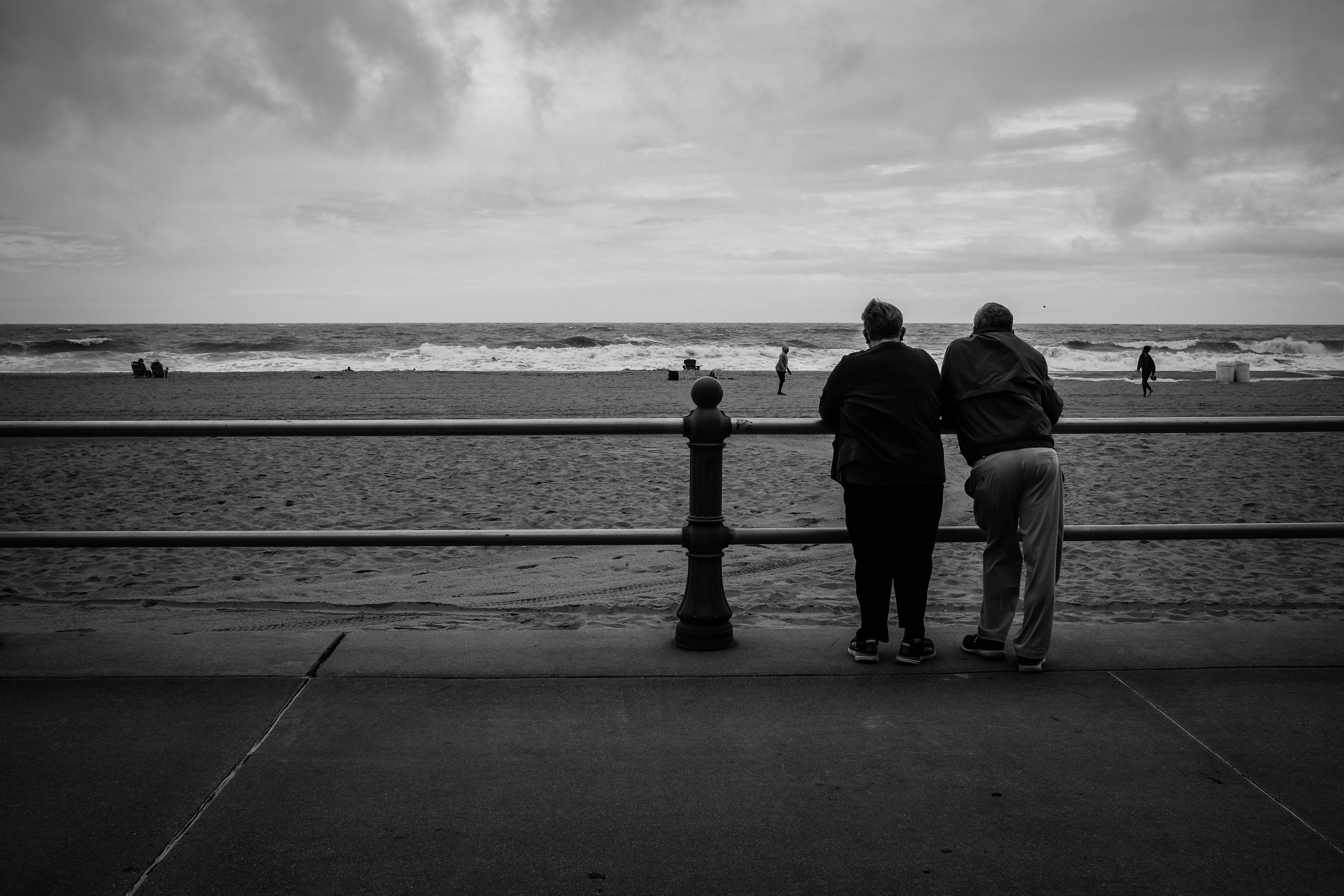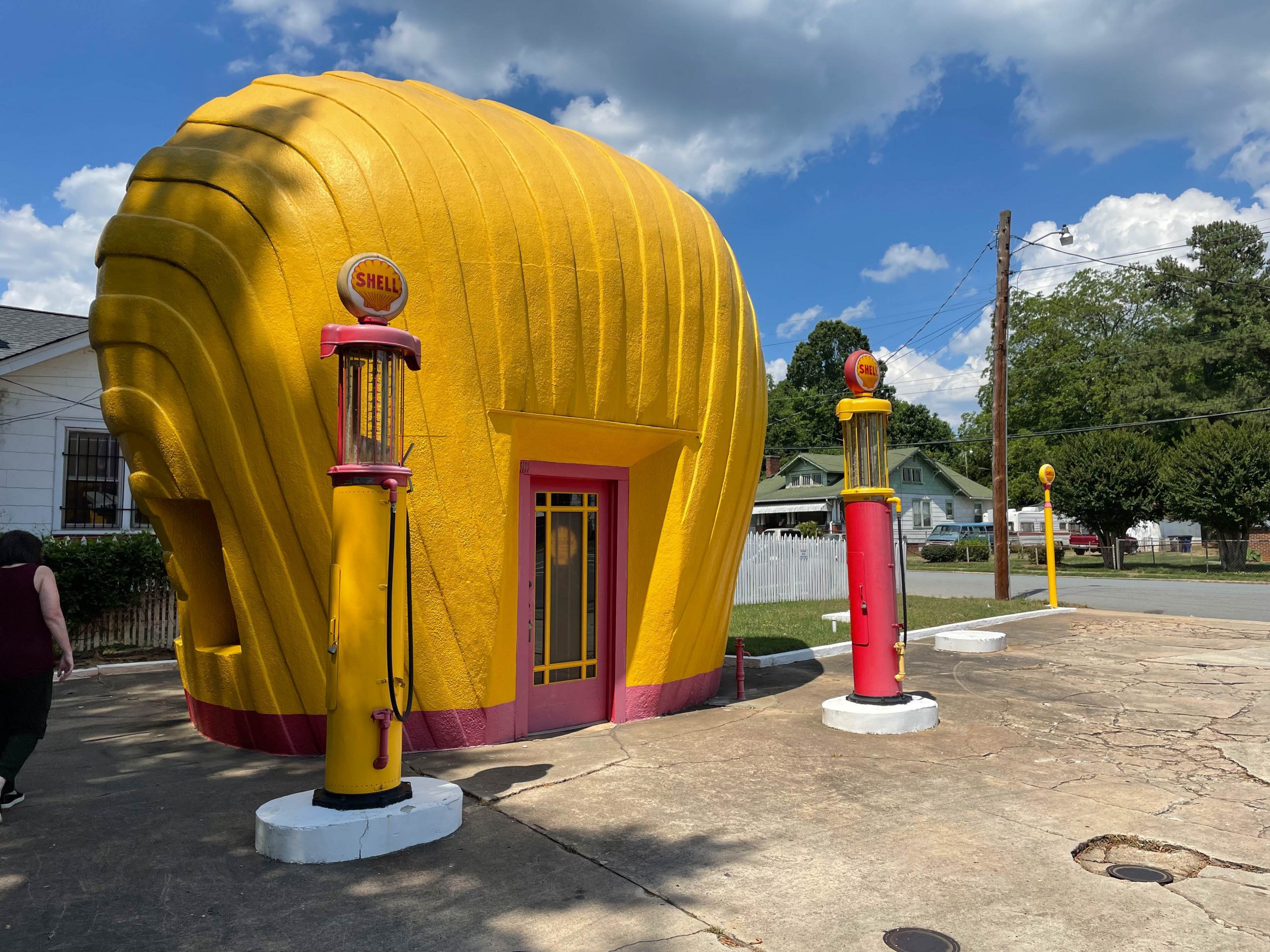The Last Clamshell
The last Shell gas station of its kind is in Winston Salem, NC.
Hanging Rock State Park
Spring's bearing down on us. I could feel it when Eli and I took the dogs for a hike to Window Falls at Hanging Rock.
Getting Back on the Bike
Twenty-plus years ago, I rode a motorcycle. I used it to commute, have fun and occasionally travel. The bike itself was a '79 BMW R100/7, which was a combination project,…
Another Drive for Social Distancing
Sunday Beth and I went north, where we found almost no one. Just as we hoped.
London Calling
There's one place we've traveled where Beth and I don't see eye-to-eye: London. She's #teamlondon, and sees something romantic in marginal weather, royals, and obscene concentrations of wealth. I, on…
Rich and Yet Poor
Jason Kottke is a fabulous writer, and this observation from his recent article about traveling in Asia reflects my own experience: America is a rich country that feels like a…
Isle of Man Phone Box
Brilliant marketing. It makes me want to visit the Isle of Man.


